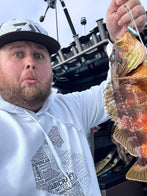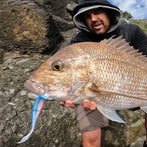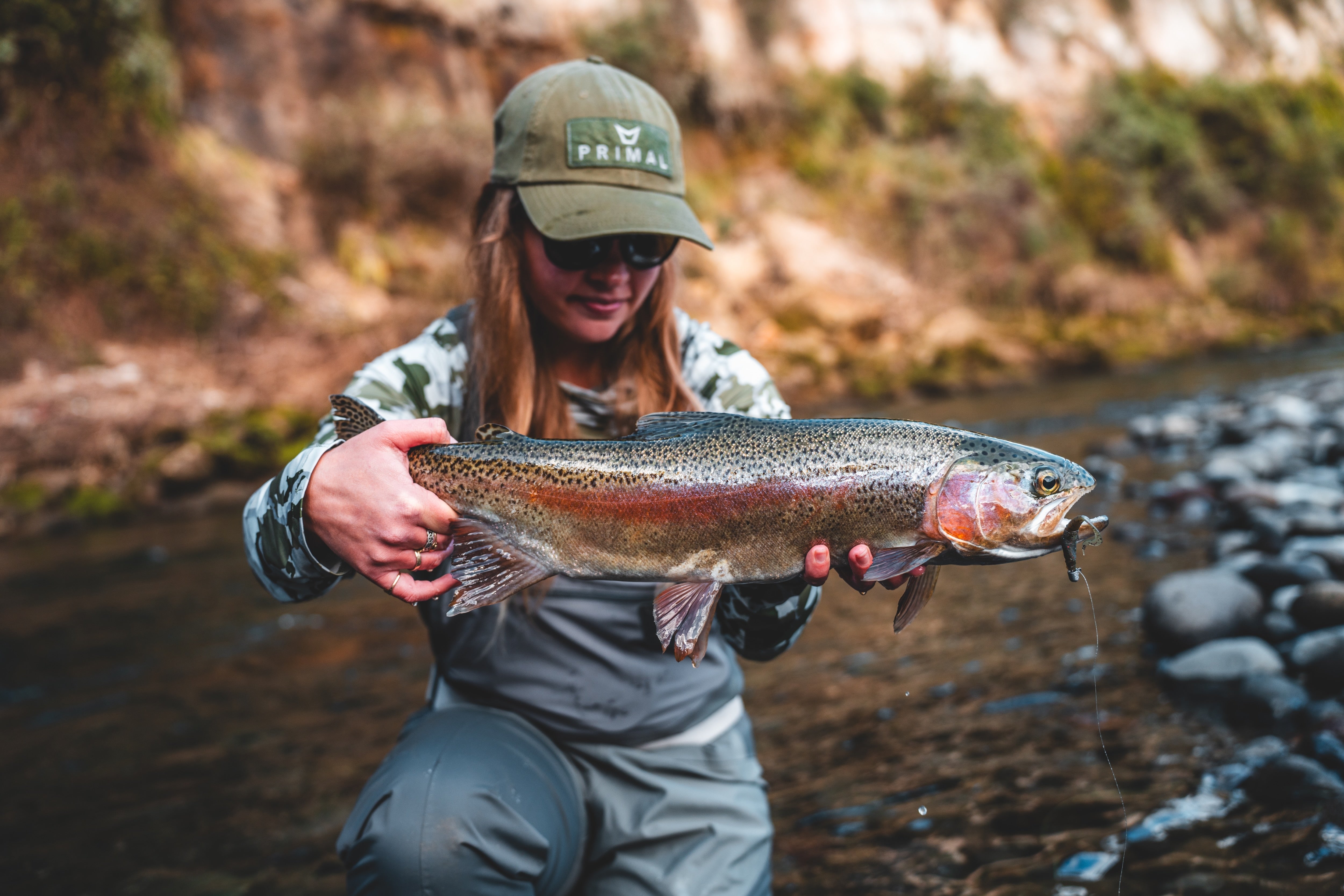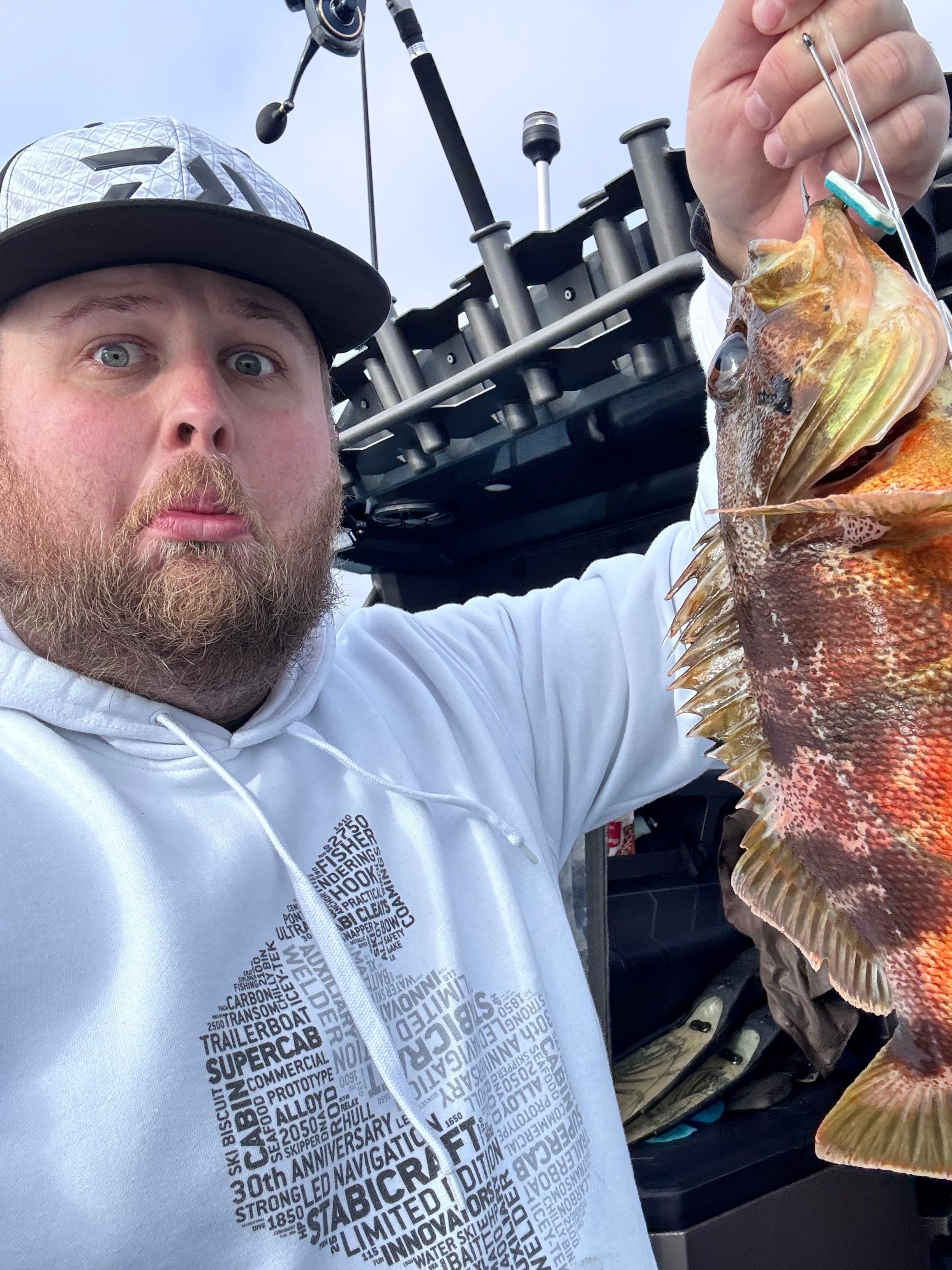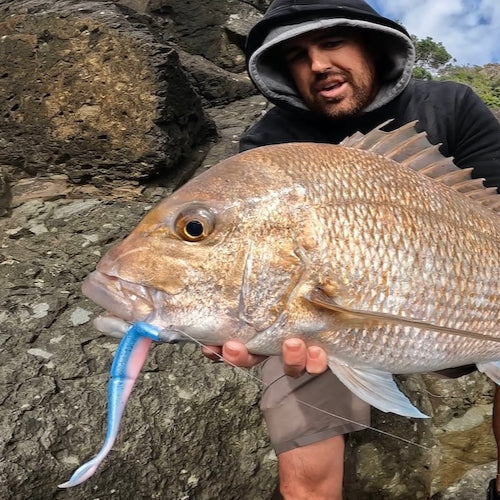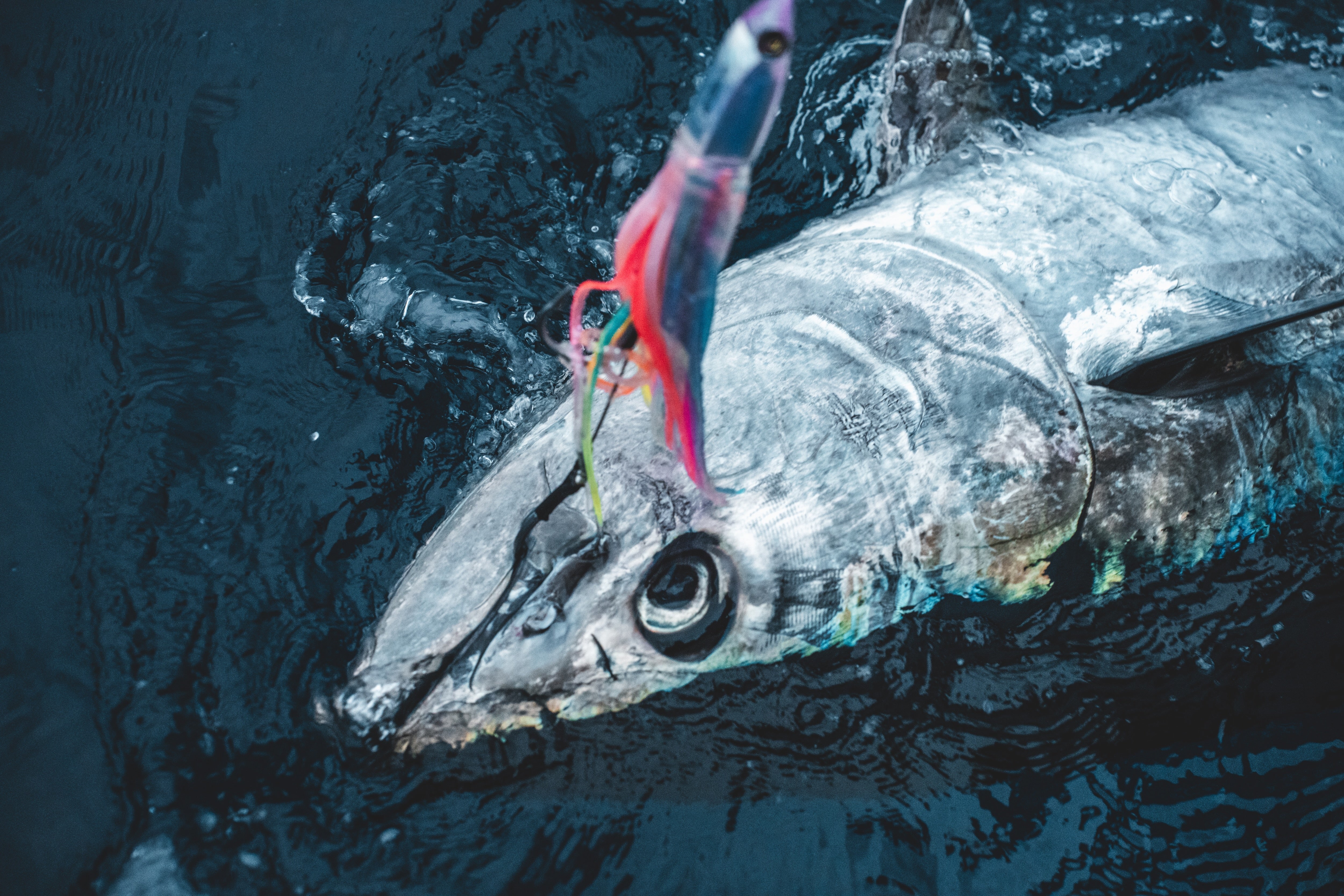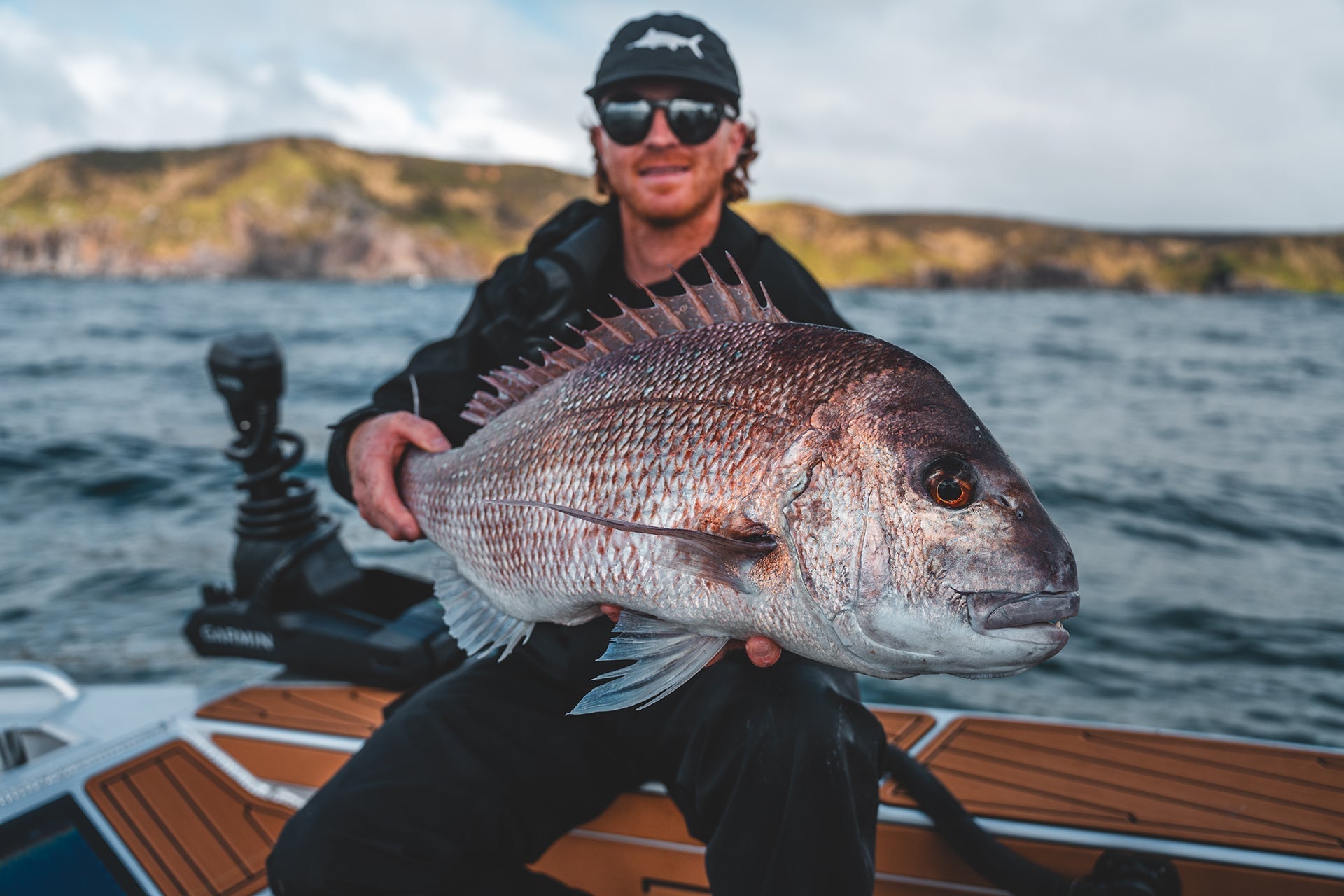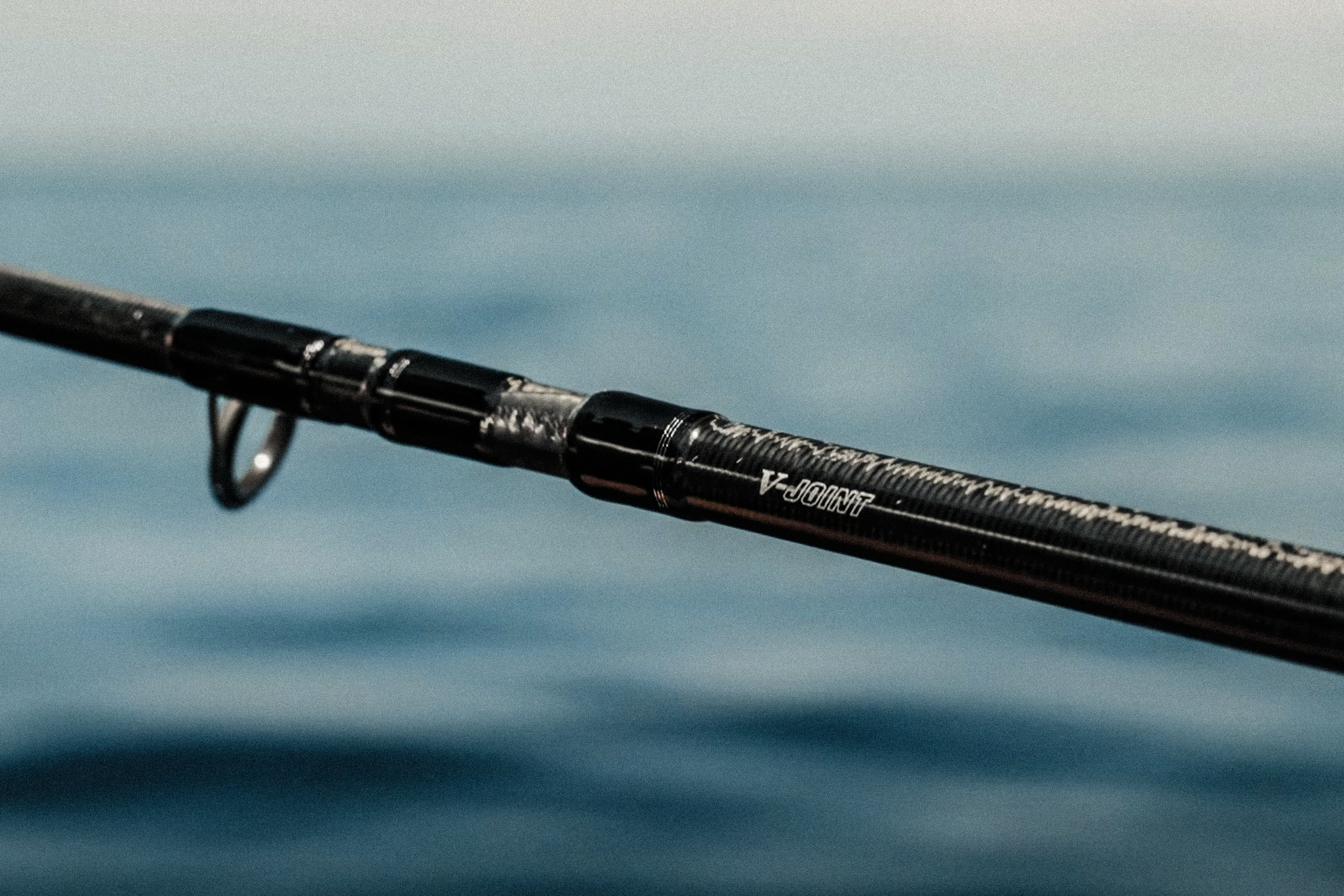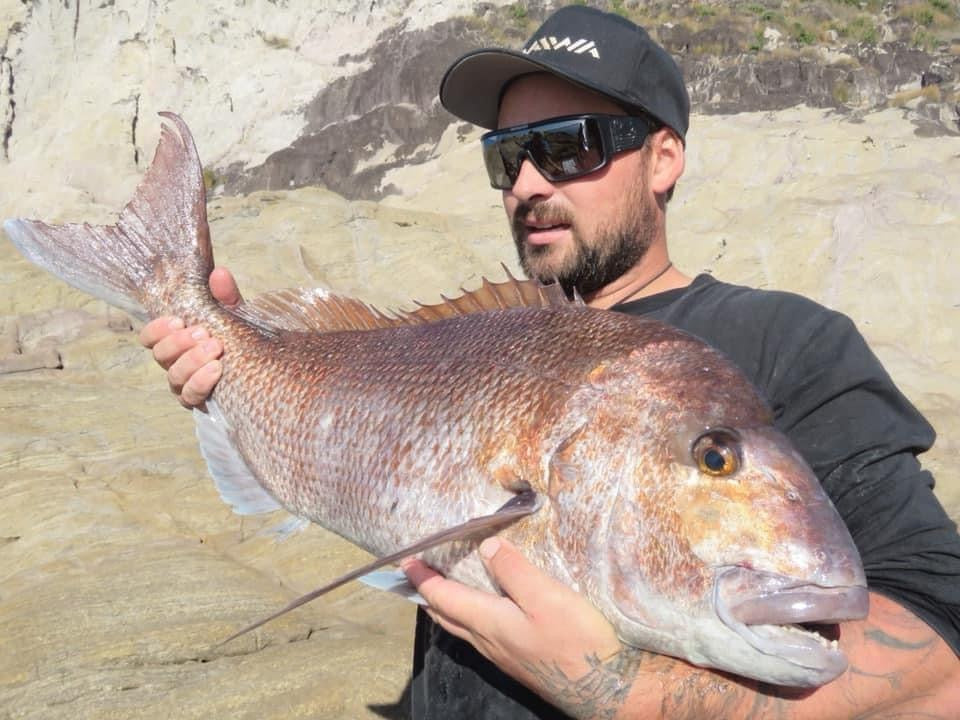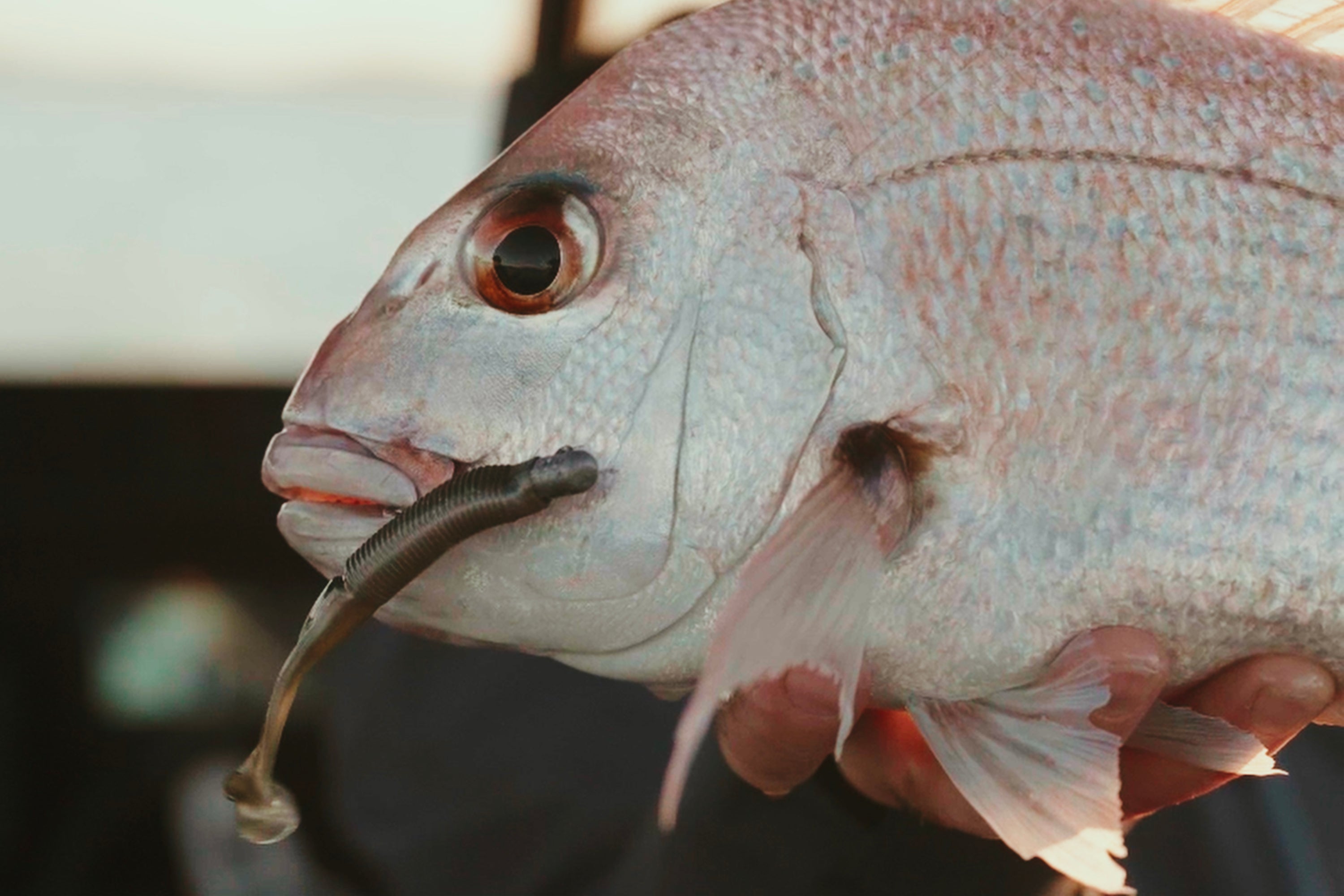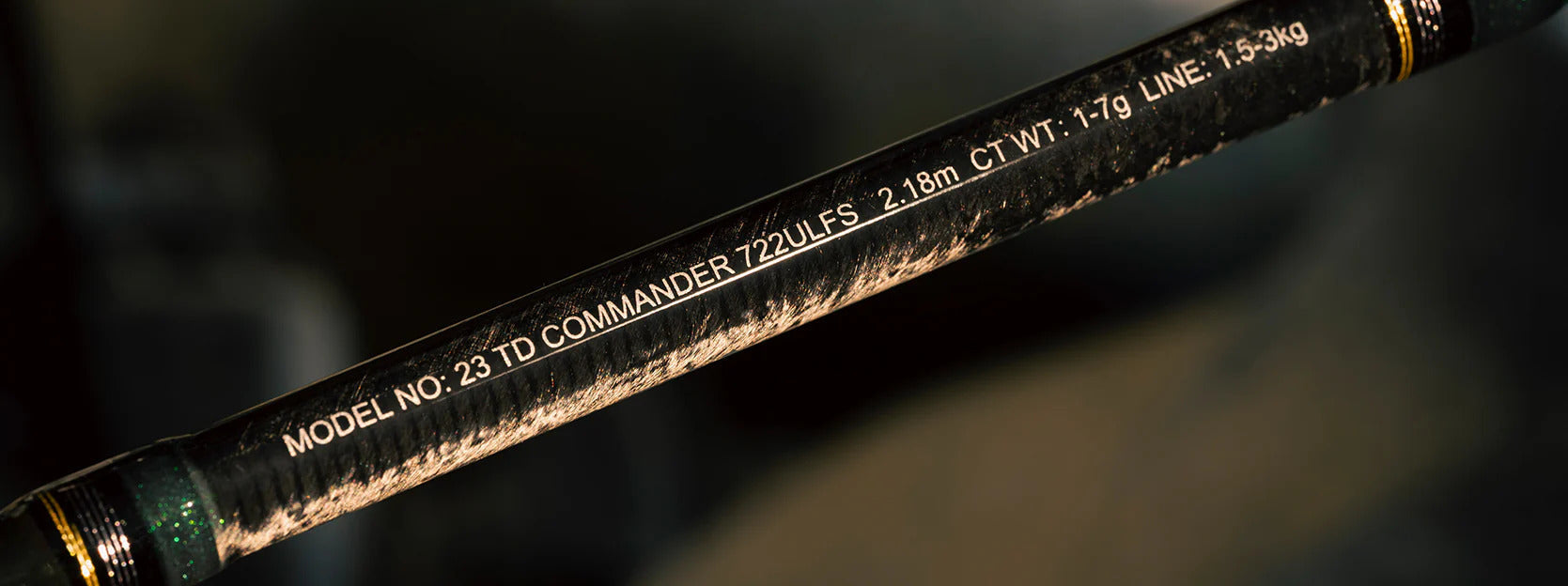Posted 09th August 2023
Tips For Targeting Big Winter Reds Off The Rocks


Tony Wood from Moocher Hunters specialises in targeting trophy Snapper off the rocks. His local is Waiheke Island where countless hours have been spent exploring the coastline and learning the complexities of each spot. With this amount of knowledge and understanding of the local environment, Tony regularly pulls 20 pound plus fish out of what would be considered a heavily fished area. More importantly, all the big fish go back, Tony is inspirational in the care he shows to preserve his local resource and has an intimate understanding of what is required to maintain a healthy ecosystem. Tony’s consistent results speak for themselves and below Tony shares with us his key tips for targeting big winter reds.

Location - Big snapper come in close over winter to sit out the cooler months and to be close to a source of food. Snapper’s metabolisms slow down over winter, so to expend the least amount of energy they won’t be far from the food. Look for shallow areas with lots of kelp, and clear patches dotted between. A great combo is a shallow area (max 5m) that has much deeper water nearby. A strong tidal current can be a bonus but is not critical from the rocks. These areas hold a wide array of their favourite food, crabs, crayfish, kina, mussels and a plethora of baitfish.
Tides – The best tides vary from ledge to ledge, however, if trying a new spot, a good option is to target the outgoing tide. Arrive at the top of the tide. That way all Berley offerings are moving away from you. Attracting fish from further away. If you’re fishing over the slack tide be prepared to wait it out as often the bite will shut down, Snappers love tidal flow, so be patient as they will likely come back on the bite as the tide begins to run.
Time of day - dawn and dusk tend to be best but not as crucial as over summer months. If you have an overcast, miserable day you can catch big snapper at any time. Snappers love low light and darker conditions to hunt in. Even if you have a bright day, try to find a spot where cliffs cast a shadow over the water, big Snapper will be lurking in the shadows.
Berley – The key to success! Snappers are sluggish during the colder months. As mentioned above their metabolisms slow right down so sometimes you have to convince them to feed. This is done through burleying, the scent in the water will ring the dinner bell and get them on the chew, it will also attract fish from a wide area right to your feet if there is good current flow. Another addition to getting the fish on the chew is ground bait, this can be old leftovers from the bait freezer, pillies, kina etc. Distribute periodically over a wide area to bring the fish in and to get/keep them biting. The key is to be prepared to wait; it can take a long time to convince the fish to feed. If you are confident in your spot selection, sit it out.
Baits - big and fresh! Caught on site is preferable, so take an additional set you can dedicate to catching bait. I recommend taking specific bait catching tackle too, light 6lb fluorocarbon and small hooks for piper, sprats, spotties, and maomao. 20lb – 30lb Fluoro for Trevs, Kahawai and other small to medium sized baitfish. Traditional Kahawai slabs – scaled are hard to beat. Whole or butterflied Jack Mackerel and whole Piper are all well proven options. Other baits that I have had great success with are whole Squid caught at location, Hiwihiwi (all fins cut off & cut in half lengthways), Blue Maomao, and whole Spotties. Patience is key with these big baits. If no action for the first 5-10 minutes don't be tempted to reel the bait in. Even if caught up in the kelp. A big snapper will eventually find it and pull it free.

The take - don't get on the dancefloor too early! Let the fish pick up your bait, make its mind up, and then steam off. During winter this process can take longer as their feeding habits change. Only when the line is steadily coming off the reel do you engage the Free Swimmer lever. Heavy drag, 15kg mono and an aggressive fighting technique will avoid fish from reaching the kelp. If a big fish does get you to the ground, flick the bail arm over and let him swim out, sometimes this tactic will keep you connected and the battle can resume.
The hook - 10/0 circle hooks are best. No smaller and definitely not J hooks. With the big circles at-least you have the option of choosing whether to keep for dinner or release. With J hooks - the decision is always made for you. Another benefit of circle hooks is they are far less likely to snag up on the bottom. With a circle hook, remember not to strike. As mentioned before, let the fish run and the weight come on, the shape of the circle hook will roll into the corner of the Snappers mouth.

The release - landing net, rock pool. Keep the fish wet, a great way to do this is by utilising a rock pool. Keep it low to avoid dropping and damaging the fish. Work quickly to get a measure and a picture. If you’re using a set of scales, never hook them into the fish, weigh the fish in the net and subtract the weight of the net from the weight of the fish to get an accurate result. Hooking the scales into a big fish before release is likely to cause irreparable damage. Now the release, when releasing the fish, holds the fish by its tail, let it catch its breath and wait for a strong kick. You’ll never regret seeing a big moocher power off back into the wild blue.
Remember to follow @moocherhunters on Instagram and Moocher Hunters on Facebook to keep up with Tony’s latest adventures.



